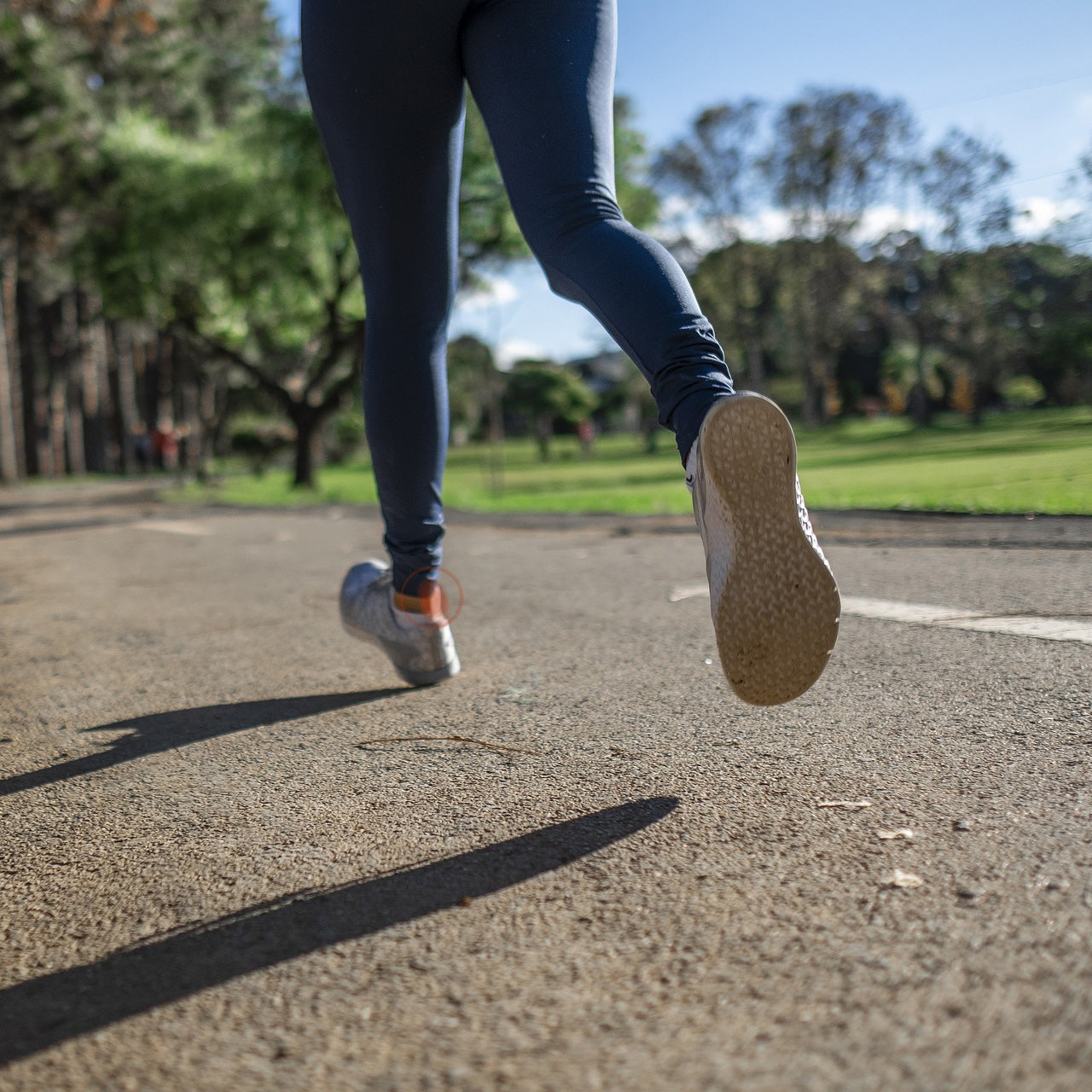Running is an excellent form of exercise, but it can sometimes lead to discomfort, particularly in the form of inner ankle pain. This issue can affect both novice and experienced runners, potentially sidelining them from their favorite activity. In this blog, we'll explore the causes of inner ankle pain during and after running, as well as strategies for prevention and treatment.
Common Causes of Inner Ankle Pain
Runners may experience inner ankle pain due to several conditions and factors. We will list the most common causes for inner ankle pain while running.
Posterior tibial tendonitis
Posterior tibial tendonitis is a common culprit, occurring when the tendon supporting the arch of your foot becomes inflamed. This condition often results from overuse, improper running technique, or weak stabilizing muscles in the ankle and calf. Runners with flat feet are particularly susceptible to this issue.
Tarsal tunnel syndrome
Another potential cause is tarsal tunnel syndrome, which is similar to carpal tunnel syndrome in the wrist. This condition involves compression of the tibial nerve as it passes through the ankle the tarsal tunnel on the inside of the ankle, leading to pain, tingling and numbness in the inner ankle and foot.
Medial ankle sprains
Medial ankle sprains are less common than lateral ankle sprains but occur especially in runners who overpronate. These sprains happen when the ankle is turned outward, stressing the ligaments and resulting in pain, swelling and instability.
Other factors
Weak muscles and poor foot mechanics can also contribute to inner ankle pain. weakness in the ankle stabilizers and calf muscles may lead to compensatory patterns and overuse injuries. Poor foot mechanics such as flat feet or overpronation can exacerbate these issues, leading to inner ankle pain.
Improper footwear is another significant factor. Wearing worn-out or unsuitable running shoes can increase strain on the ankle and foot, potentially causing pain and injury. Shoes that lack adequate support or have lost their cushioning are particularly problematic.
Other conditions that may cause inner ankle pain include subtalar joint arthritis, flexor hallucis tendonitis, and ankle synovitis. These conditions involve inflammation or degeneration of various structures within the ankle, leading to pain and discomfort.
Prevention strategies
To prevent inner ankle pain, it’s crucial to wear proper footwear. Ensure your running shoes provide adequate support and are appropriate for your foot type and running style. Wear shoes that offer sufficient stability and cushioning to help absorb impact forces and reduce strain on your ankles.
Gradual training progression is also essential. Avoid increasing your mileage or intensity too quickly. Follow the 10% rule: don’t increase your weekly mileage by more than 10% at a time. This gradual build-up allows your body to adapt and reduces the risk of overuse injuries.
Incorporating strengthening exercises into your routine can significantly improve ankle stability and reduce the risk of injury. Focus on exercises that target the muscles supporting the ankle, such as calf raises and ankle inversions/eversions.
If you’re unsure about your running technique and your foot type, consider undergoing a biomechanical analysis to evaluate your running technique and make necessary adjustments to reduce stress on the inner ankle. When possible, run on even surfaces to minimize the risk of ankle sprains and uneven stress distribution. If you must run on uneven terrain, pay extra attention to your foot placement and running form.
Above all else, listen to your body. If you start to feel pain or discomfort in your inner ankle, reduce your running volume and allow for adequate rest. Pushing through pain can lead to more serious injuries.
Treatment Options
If you’re experiencing inner ankle pain, there are several home treatments you can try before seeking medical attention:
- The RICE Method: Rest, Ice, Compression, and Elevation can help manage pain and swelling in the acute phase.
- Over the counter pain relievers and anti-inflammatory medications like topical pain relievers can help manage symptoms, but consult a healthcare professional if the pain persists.
- Physical Therapy: A physical therapist can provide targeted exercises and manual therapy to address underlying issues and help strengthen the posterior tibial tendon, calf muscles and ankle stabilizers.
- Orthotic Devices: Custom or over-the-counter orthotics can provide additional support and correct biomechanical issues.
- Activity modification: reduce running duration and intensity, and consider a change in running shoes to ones that provide better support.
When to seek medical attention
While some inner ankle pain may resolve with home care, it's important to consult a healthcare professional if:
- Pain persists for more than a week despite rest and home treatment. Persistent pain can indicate a more serious condition that requires professional evaluation and treatment.
- You experience sudden acute pain, significant swelling, or difficulty walking or bearing weight on the affected ankle.
Conclusion
Inner ankle pain can be a frustrating obstacle for runners, but with proper understanding and management, it doesn't have to derail your running goals. By identifying the cause of your pain, implementing preventive measures, and seeking appropriate treatment when necessary, you can get back on track and enjoy pain-free running. Remember, listening to your body and addressing pain promptly is key to maintaining your long-term running health.

